On 9 and 10 May 2019 the Institute attended the Just Transition National Summit held in Taranaki. The Summit facilitated an economy-wide opportunity to share perspectives and discuss what defining a just transition to a low emissions future looks like in New Zealand.
The Summit posed questions such as: ‘What should this change look like?’ and ‘How do we retain our kiwi values and way of life while we transition to a low carbon economy?’
Many prominent local and international speakers came together to attempt to answer this tough question. With a strong focus on public policy, the speakers provided insight into the holistic direction the economy must urgently take in order to stay within the 1.5ºC warming limit and to ensure that no one is left behind.
Holding the summit in Taranaki, New Zealand’s hotspot for oil, gas, and agriculture, was a way of showing support to an area where the transition has already begun. This type of support will be important for areas with industries that are vulnerable to climate change.
Day 1: Highlighted speakers
Rt Hon Jacinda Ardern, Prime Minister
‘Why are we here and what do we hope to achieve?’ – Jacinda Ardern
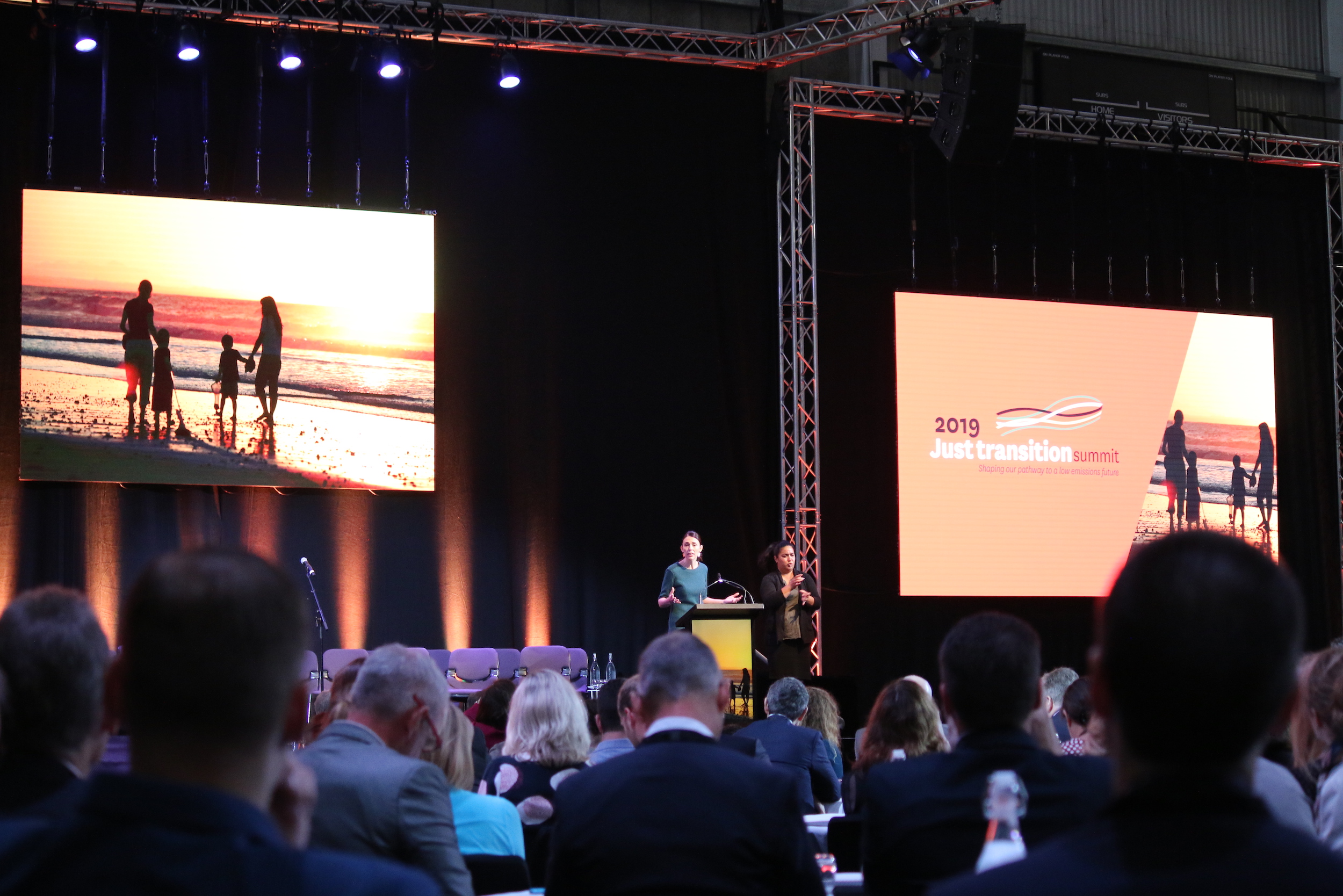
The Prime Minister opened speaking by sharing her direct perspective on what is required for a just transition: planned, pragmatic and thought-through solutions to facilitate the dramatic change that our economy faces. Prime Minister Ardern emphasised that such change is needed in order to limit global warming to 1.5ºC.
Prime Minister Ardern recognised that climate change is vulnerable to politicisation under New Zealand’s three-year election cycles. As a counterpoint to this, she asserted that political vision must shift from the next election to the next generation.
‘There is no greater long-term challenge. To solve this issue requires collaboration across the economy. It is too big for one government, one business, one region, or one sector to tackle alone.’
In her keynote address Prime Minister Ardern made the announcement of the government’s $27m investment in building a clean energy centre in Taranaki, with a further $20m investment into corresponding research.
‘The National New Energy Development Centre (NNEDC) will help create new business and jobs in Taranaki while helping New Zealand move towards clean, affordable, renewable energy and away from fossil fuels.’
This is a further step to aid Taranaki in its transition, especially given the decision to not issue any new offshore oil and gas exploration permits. In an area that is heavily dependent on oil and gas, continued support like this will help facilitate a just transition for everyone.
Rangatahi perspective

After her keynote address, the Prime Minister chaired a youth panel Q&A session with four rangatahi (youth). The four college students presented their own questions about the transition to the Prime Minister and Megan Woods (Minister of Research, Science and Innovation). The rangatahi asked the following questions:
1) With any change there will be push backs; how can businesses be held accountable?
Government should be held accountable, as well as individual consumers and businesses. The most important thing is to build consensus within democracy. By building consensus, we will get to a position where the public will not accept any other decision. This will ensure that any one government’s work will not be undone by future governments.
2) What will happen to oil and gas in Taranaki and what renewable energies can we expect to see?
Oil and gas won’t stop overnight. We need to utilise the skills that already exist in this region and create ways to transfer these skills across into renewable energies. The de-centralisation and digitalisation of such skills will allow for a more efficient transition into renewable opportunities.
3) What role do Māori environmental values play in the transition?
Kaitiakitanga (guardianship) over the environment is a very important value to a just transition. In terms of policy, we need to integrate these values into the wellbeing budget and look at the connection between the health of the environment and the wellbeing of our people. Historically, GDP has ‘measured everything except that which makes life worthwhile’. This is why social and environmental health and wellbeing need more recognition in policy as measures for the ‘success’ of an economy.
4) What is this government going to do by next election given that the current block offer was implemented without the consent of mana whenua?
As a part of the transition, one of the difficult decisions made by the government was to continue onshore oil and gas exploration as a counterpoint to ending offshore oil and gas exploration permits. This is an interim measure and government will reassess it. They encourage local iwi to be involved with the next stage of the consultation. However, Prime Minister Ardern also acknowledged that iwi needs to be involved from the very start rather than as part of a cursory consultation process.
5) How do we alleviate fear?
For issues like climate change, it is all about balance. We need to show everyone that this is a crisis and share this sense of urgency – but without instilling anxiety and fear, especially in younger people. Yes, we need to create urgency, but we also need to spread optimism.
Lessons from international leaders
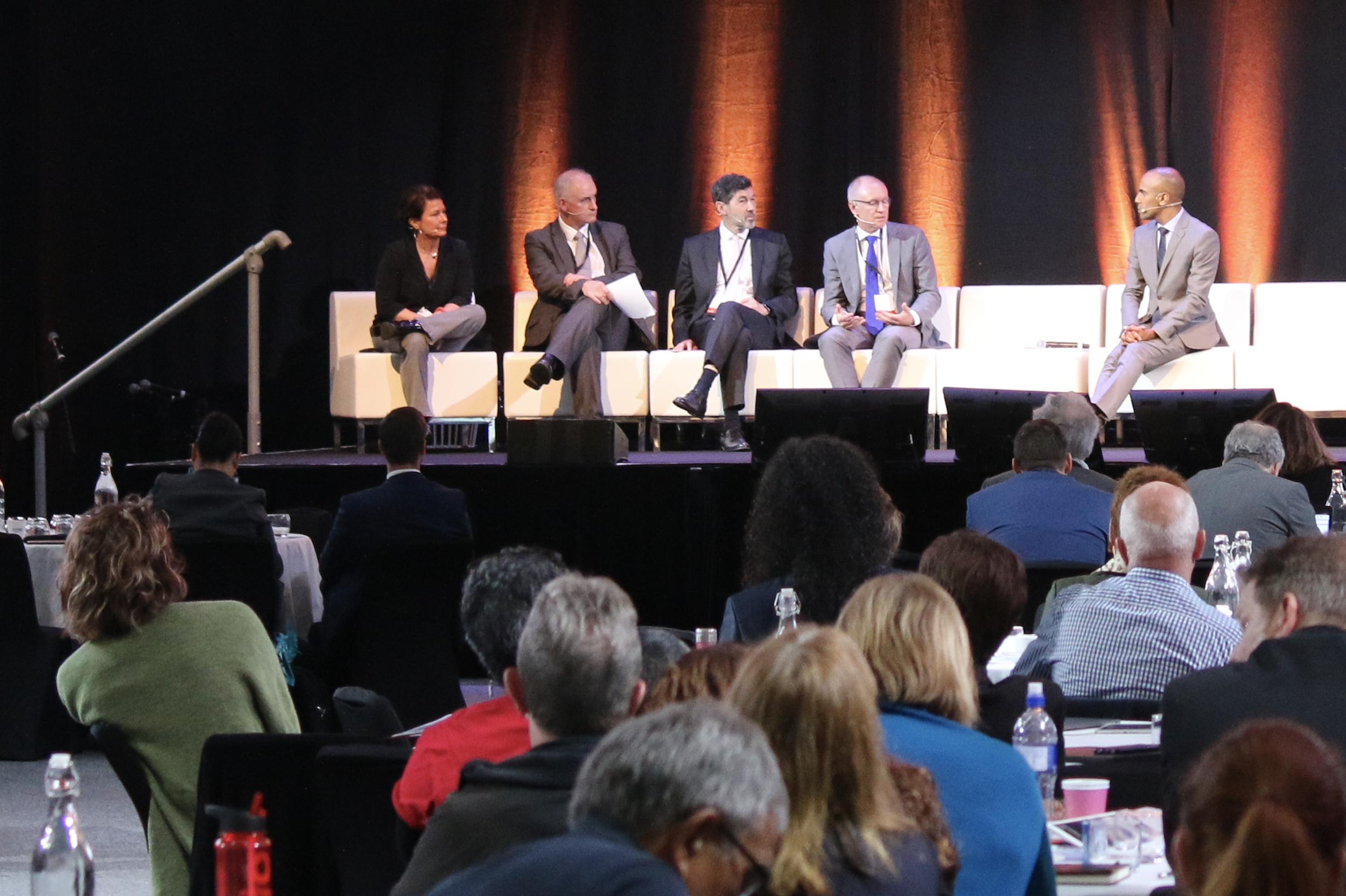
This panel brought together Samantha Smith (Director, Just Transition Centre), Alan Thomson (Global Energy Systems Leader, Arup), Franz-Josef Wodopia (Managing Director, Coal Importers Association) and Jay Weatherill (Former South Australian Premier) to share their experiences of just transitions in their respective countries and the lessons they have learnt along the way.
All four speakers emphasised an overall message of social acceptance as a fundamental element of a just transition. This lesson is of significance internationally and thus must be considered when dealing with this transition in New Zealand.
Samantha Smith, Director of the Just Transition Centre, particularly stood out. She shared one of the Institute’s favourite whakataukī: ‘Without vision and foresight, the people will be lost’. She went on to break down a just transition into what a successful model looks like. The most important aspect of a just transition is to place people at the centre of everything. This ensures that climate targets/goals are in everyone’s best interests. However, what do such climate targets look like? Things like affordable, accessible and reliable public transport, income and pension support, education, healthcare, safe and clean energy, clean air and efficient social housing are all part of the picture. These are the social targets that must be met while we bring down emissions. People need these things to feel secure, especially during a time of such uncertainty.
Samantha also emphasised the need for active labour market policies, not just economic diversity. People who will be impacted by the economic transition need to know that their new job will be of equal if not higher quality as their old job. Simply, to be successful in this transition we need businesses to invest, retrain, re-employ and pay their corporate taxes.
Lessons from the Pacific
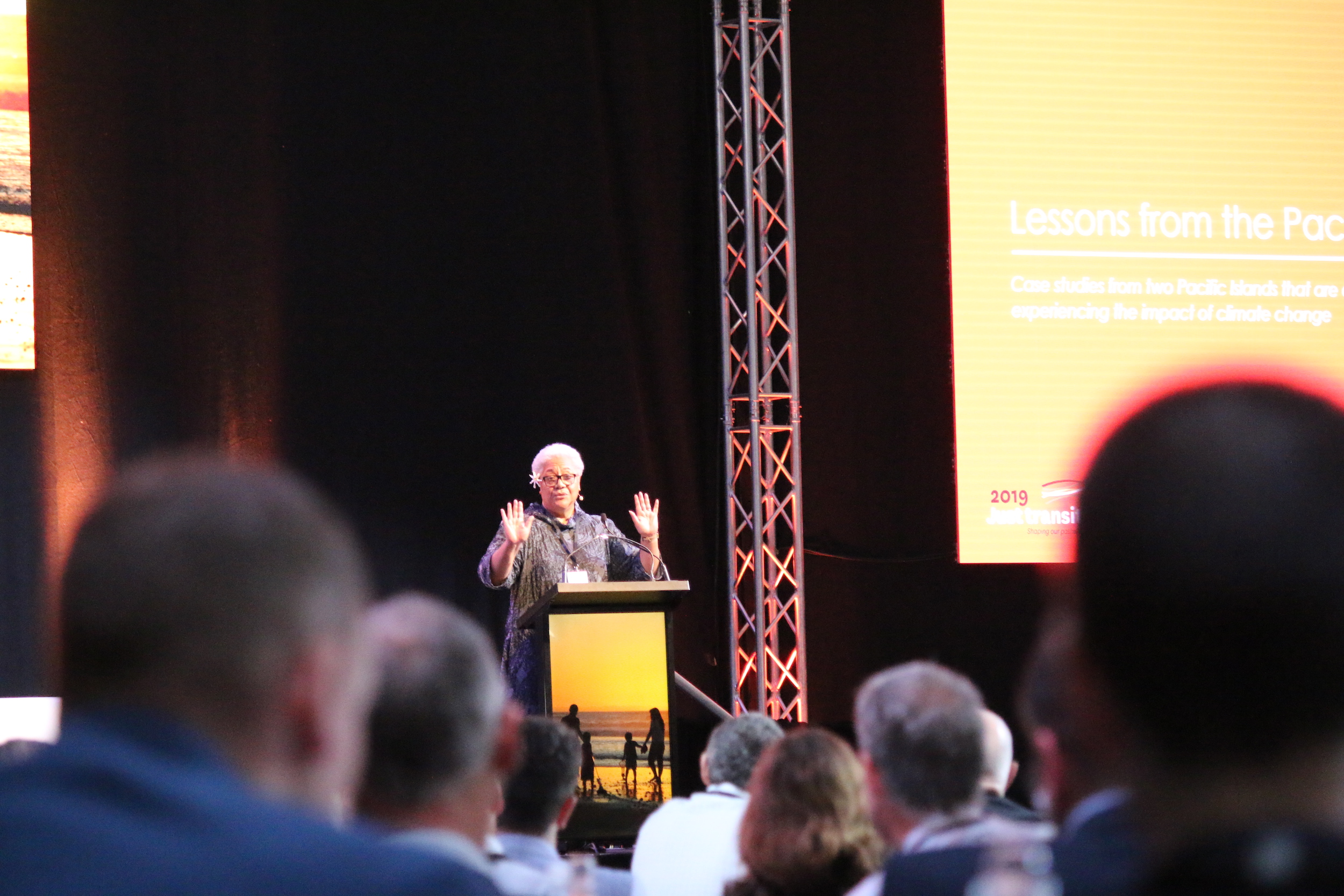
This panel consisted of two speeches from Hon Fiame Naomi Mata’afa, Deputy Prime Minister of Samoa and Hon Henry Puna, Prime Minister of the Cook Islands sharing Pacific experiences of the changing climate.
‘Most of the Pacific is focusing on adaptation – climate change is much upon us.’ – Hon Fiame Naomi Mata’afa
‘We are already feeling the impacts of climate change.’- Hon Henry Puna,
As a member of the Pacific, New Zealand must consider the impact that climate change is starting to have and will continue to have on our neighbours. Smaller island states have less room to manoeuvre with such issues, and many of them are therefore focusing on adaptation rather than mitigation.
The Pacific Islands are at the forefront of advocating for the 1.5ºC target and are thrilled that New Zealand has set this target out in the Zero Carbon Bill, becoming a leading country by taking this step. The Pacific Islands have already begun the process of change and transformation. They are focussed on continuing to improve their renewable energy supply to provide 100% of their electricity.
Geopolitical issues were noted as a significant challenge for the Pacific in their transition. The distractions, use of space and time, and complications that stem from such issues demonstrate how development and preparation for climate change can be interrupted. This is particularly relevant for the smaller island states in the Pacific.
Having inclusive conversations was also noted as a challenge. Deputy Prime Minister Mata’afa acknowledged that for New Zealand, iwi Māori are a significant part of this. She pointed to a need to rethink what inclusiveness means. Across the two speakers, partnerships were emphasised as being necessary for development. Clarity between partners over the mutual challenges and goals they face is key for making such partnerships successful. Prime Minister Puna closed the session by noting that New Zealand will be leading the way for larger countries and the Pacific will be watching our progress closely and cheering us on.
Day 2: Highlighted speakers
Economics for the 21st century: Kate Raworth

‘We are now all developing countries’
– Kate Raworth
Kate Raworth, author of Doughnut Economics, opened Day 2 with a playful yet powerful speech about the problems with our current economic system, and what a 21st century economy should look like.
Kate explained that the current system has been shaped by the economic mindset of the 20th century. We now need to create a new system that reflects modern thinking and drives us toward an urgently needed sustainable future. The idea that prices and the market are at the centre of the economy distorts our thinking, teaching students that self-interest and growth are the most important factors of a country’s ‘success’. We know that perpetual growth is unattainable and unsustainable, therefore we cannot continue to measure our economic progress as such.
The concept of doughnut economics is Kate’s answer to an economic model fit for the 21st century. The model builds on the work of previous thinkers and writers regarding the limits of growth. In short, the model provides ‘a social foundation of wellbeing that none should fall below, and an ecological ceiling of planetary pressure that we should not go beyond. In between the two lies a safe and just space for all.’
As part of her model, Kate categorises enterprises as either extractive or generative. An extractive enterprise is one that asks ‘How much financial value can we extract from this enterprise?’, whereas a generative enterprise asks ‘How many different kinds of value can we generate through this enterprise?’ The transition from extractive enterprise to generative enterprise is a key challenge that businesses face, and is therefore a key component of their transition.
Kate touched on five key design traits for any enterprise:
- Purpose
- Governance
- Networks
- Ownership
- Finance
In moving from extractive to generative, Kate sees that most enterprises trip up in the ownership and finance traits, getting stuck between the 20th and 21st centuries. As 21st century alternatives for ownership and finance, she offers employee ownership, living wages throughout the supply chain and fair tax commitments. These will allow us to transition toward a sustainable business model consisting of generative enterprises.
Navigating the new environment: Minister James Shaw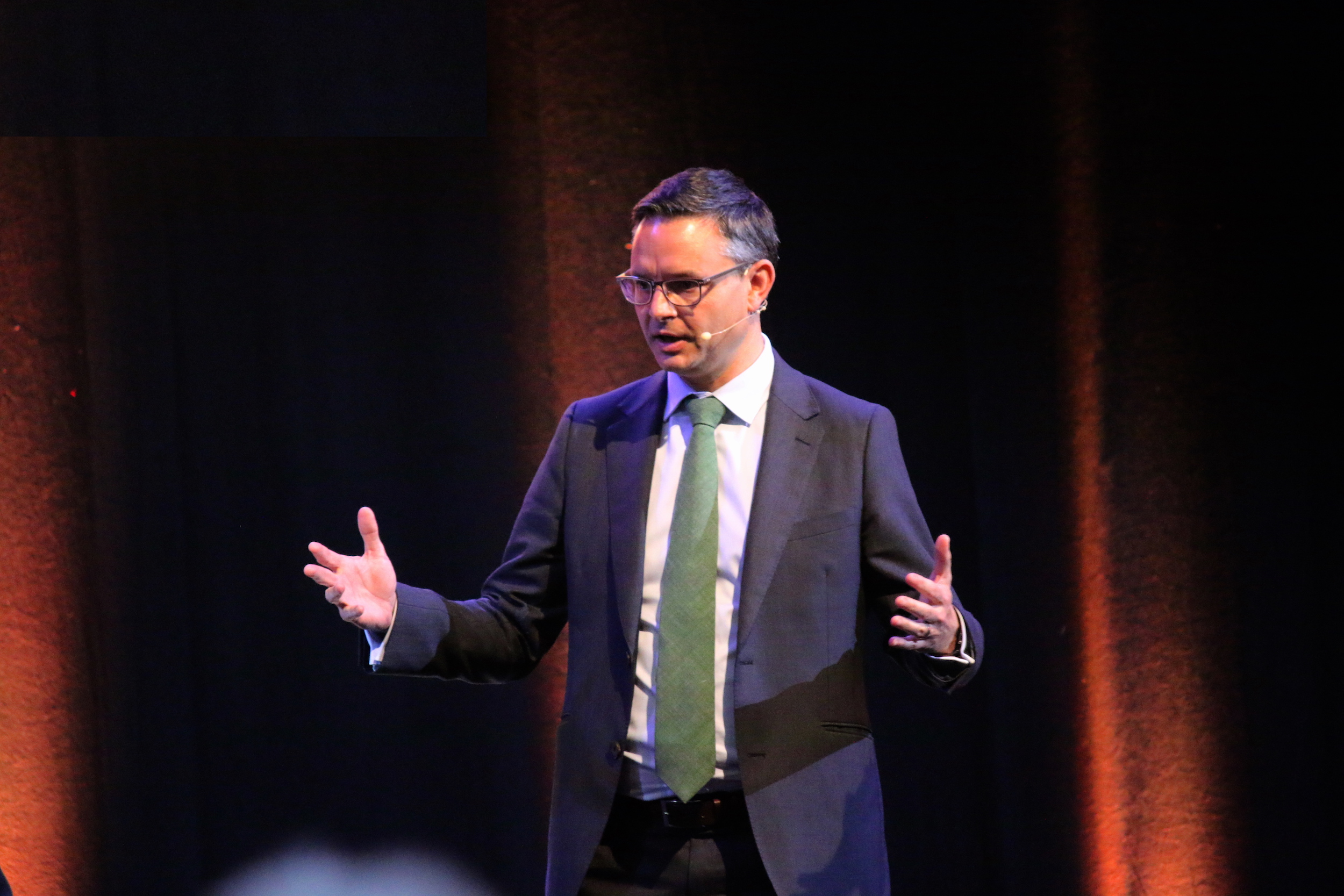
A few days after the release of the draft Zero Carbon Bill, Minister Shaw addressed the Summit with optimism and urgency. A key takeaway from his speech was how important it is to simply view the transition from a positive perspective. He emphasised that the transition toward a low emissions future is an investment opportunity, not a sunk cost:
‘If we consider climate change as a sunk cost then there will be no action, however, if people view it as an investment then there will be a return to that investment’.
What does it take to unlock this investment? The answer of political stability and predictability is simple in theory but difficult in practice. Issues that carry high levels of uncertainty smother investments with risk and are consequently avoided. If this remains the case, then the investment required to fund the transition will not occur. Minister Shaw mentioned that the Zero Carbon Bill intends to create high enough levels of stability and predictability to generate required investment.
The Minister also stated that innovation is a function of constraint. Therefore, with climate change currently constituting the most significant international constraint, innovation will follow.
Embracing change – energy
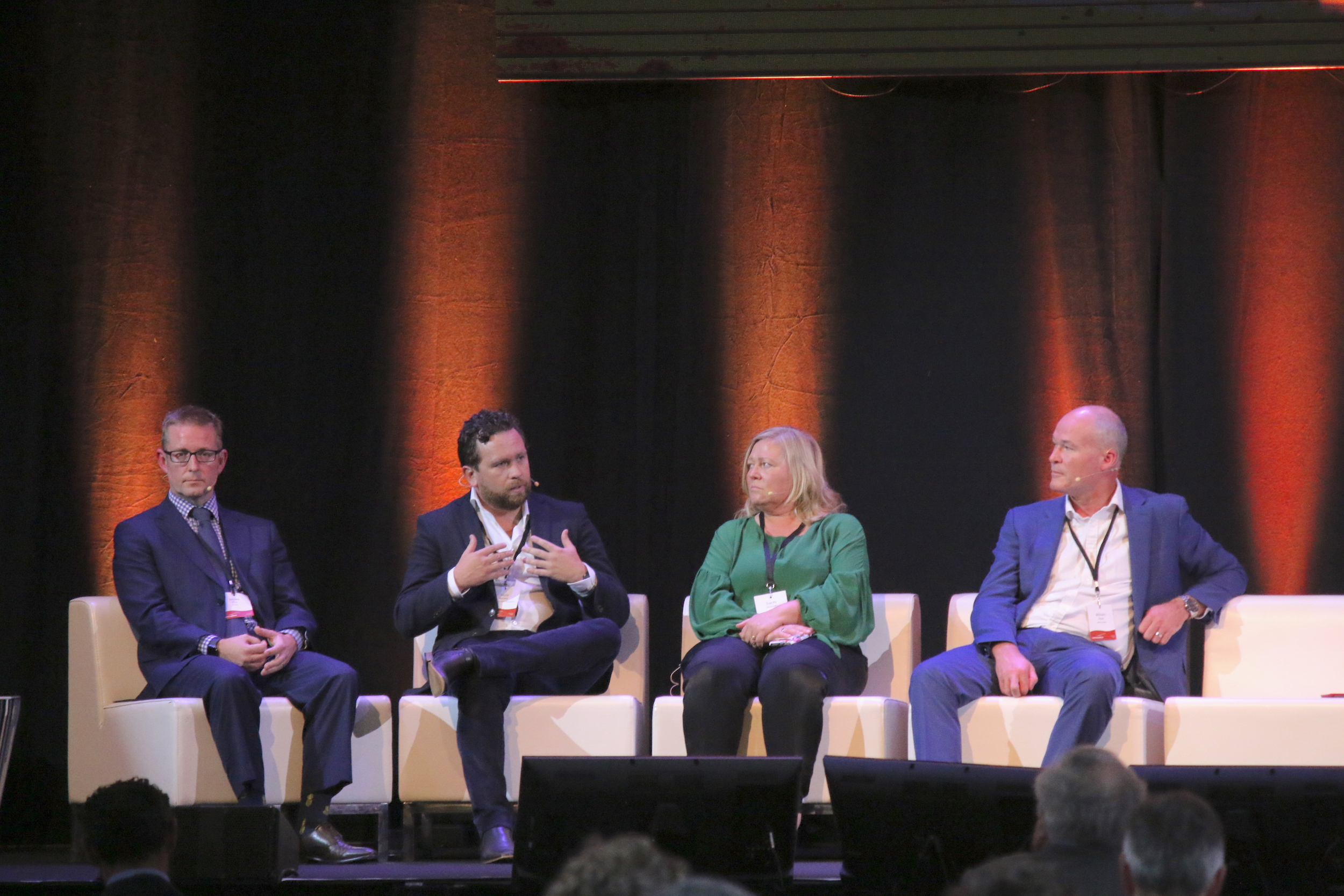
The energy sector has a crucial role to play in the transition to a low-emissions economy. Correlating with the values of social acceptance and inclusion, the energy sector is gunning toward embraced community and iwi engagement for new developments and projects. Previously, it has been the case that power stations have been constructed under a lot of opposition, without the voice of that opposition being addressed and considered from the get-go. The Resource Management Act 1991 (RMA) requires power companies to engage with communities and particularly with iwi on projects (renewable or not).
This panel highlighted that true engagement with the public is a currency, not a cost. This needs to be realised and applied across all sectors of the economy. More time spent engaging with community and iwi will result in the formation of valuable relationships. This is a key area that the energy sector in New Zealand is looking to constantly improve and is something that they consider to be a vital component of a just transition.
Final thoughts
The Just Transition Summit provided the opportunity to watch a mature and world-leading conversation unfold, with an overall sense of optimism and excitement for the opportunities that lie ahead. While there were many differing ideas and views about what a just transition encapsulates for New Zealand, they were all heard, considered and discussed.
One of the key points we took from the whole summit was the need for better engagement with Māori across all decisions relating to this transition. Furthermore, we must harness the diverse cultural values that make up New Zealand as a whole. It is the recognition and inclusion of these values that will ultimately ensure that the transition is just and fair for everyone.
Hon Megan Woods used the idea of pou whenua to frame her closing address. Pou whenua are boundary markers and also introduce the idea of leaders to push something forward. While we can use examples from around the world, New Zealand will need its own unique path forward. There are five pou that must be considered in this transition:
- central government
- local government
- business
- iwi
- workers and their respective unions
The nature of our economic practice is putting the survival of our planet at risk. We must change the way we think about economics and its implications for society as a whole. Kickstarting the required shift in public perception about the scale of what is coming will be a key challenge. Systemic change must occur at rates that it has never occurred before.
Another of the key points we took from the summit was that there is no question of whether the transition will happen; it is already happening. The only question is whether or not the transition will be ‘just’. Pragmatic and inclusive planning across the economy will ensure that it is. If such planning does not take place, the burden and cost of the inevitable change will fall hardest on those in our society who are most vulnerable. We need viable pathways and protection for everyone to ensure that we can benefit from our transition towards the uncertain future.
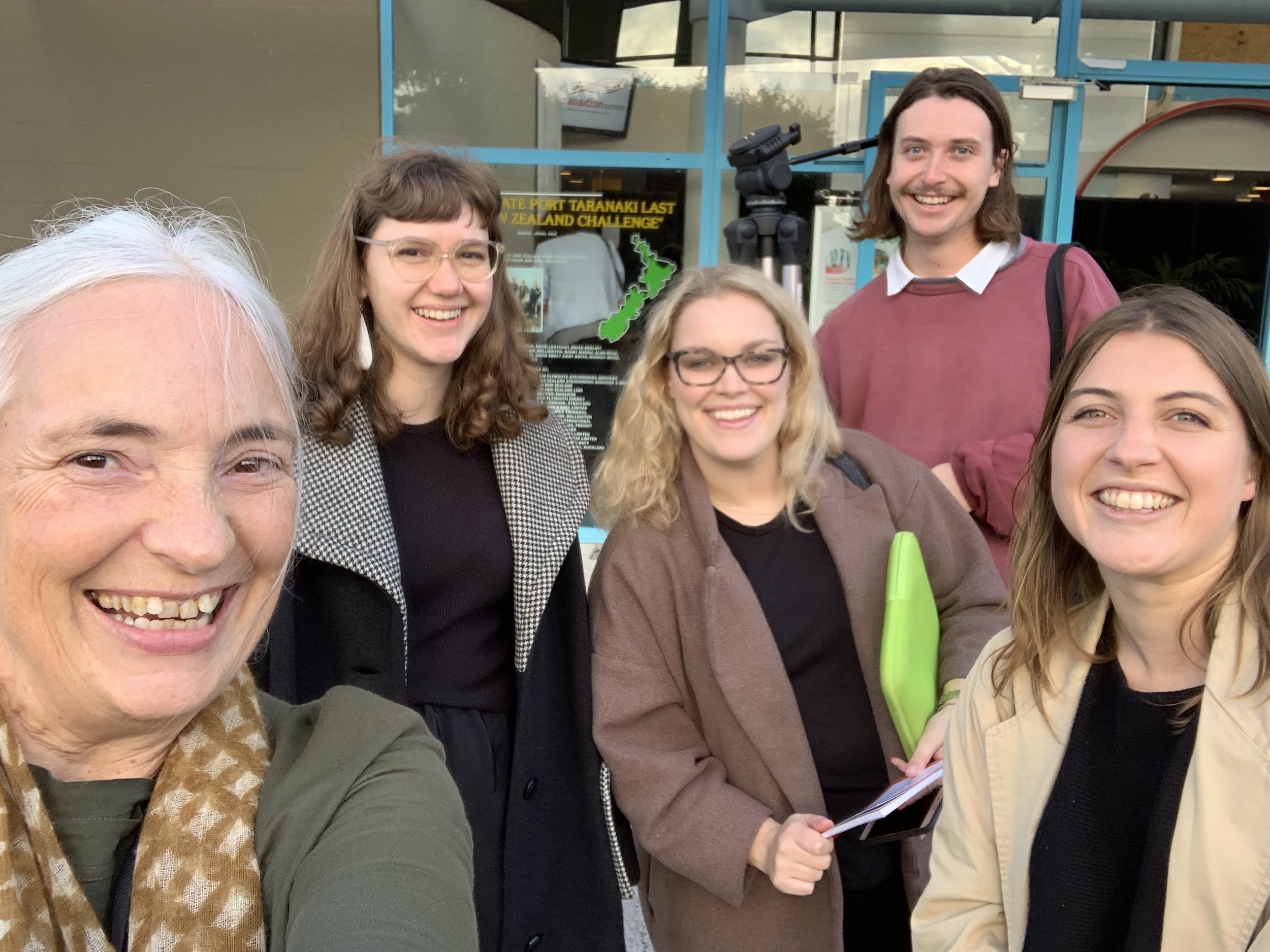
About Project ClimateChangeNZ
Our attendance at the Just Transition Summit contributes to Project ClimateChangeNZ. This project is new in 2019 to reflect our specific focus on climate change this year. The overall aim of this project is to explore a climate strategy for New Zealand. The Institute has two upcoming events within this project:
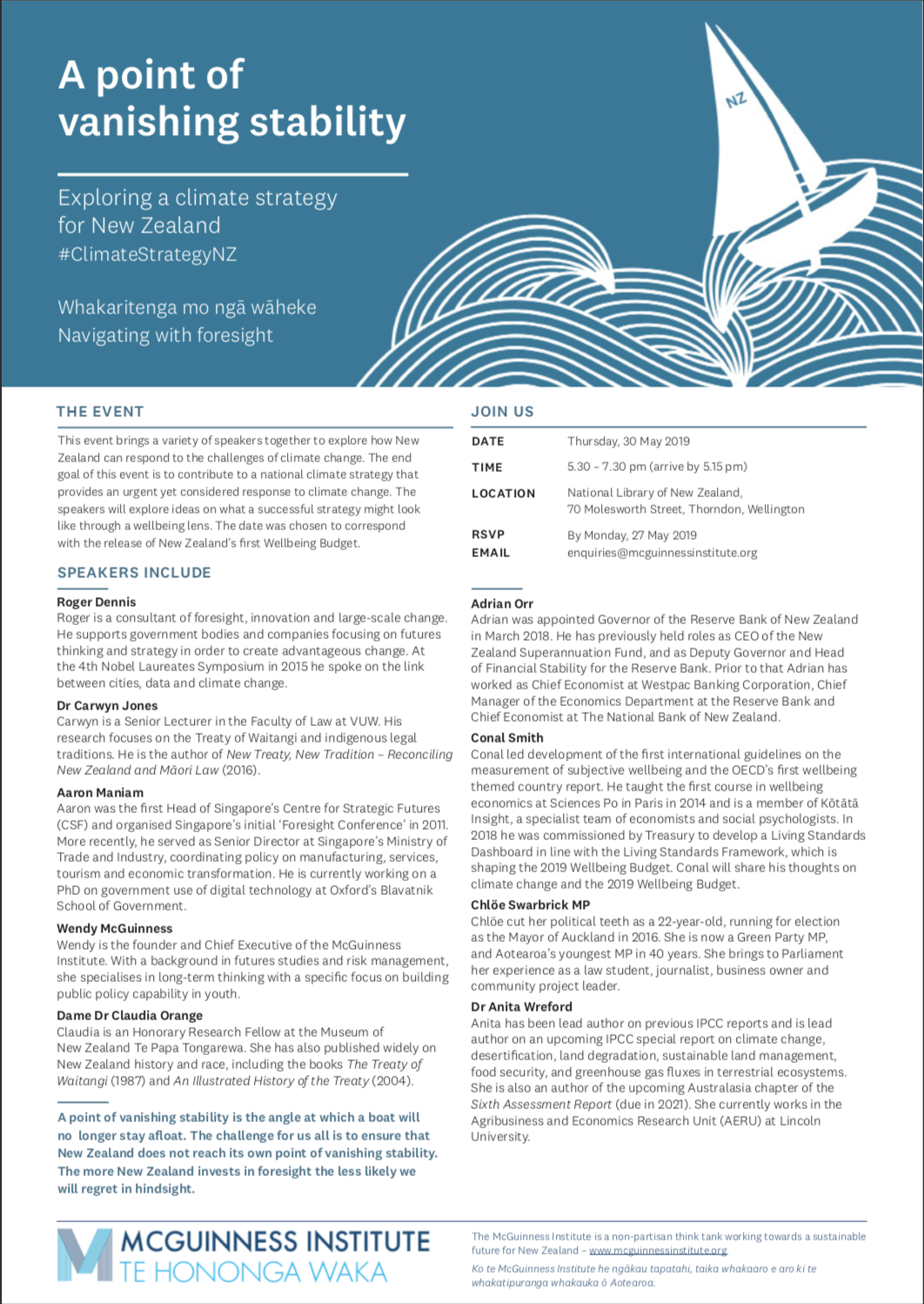 1. A point of vanishing stability: Exploring ideas for a climate strategy for New Zealand
1. A point of vanishing stability: Exploring ideas for a climate strategy for New Zealand
Time: 5.30 (arrive by 5.15 pm) Thursday, 30 May 2019
Location: National Library of New Zealand, 70 Molesworth Street, Thorndon, Wellington
The goal of this event is to contribute to a national climate strategy that provides an urgent yet considered response to climate change. The speakers will explore ideas on what a successful strategy might look like through a wellbeing lens. The date was chosen to correspond with the release of New Zealand’s first Wellbeing Budget.
This discussion event will bring together Chlöe Swarbrick MP, Adrian Orr, Dr Anita Wreford, Roger Dennis, Conal Smith, Dame Dr Claudia Orange, Dr Carwyn Jones and Singapore-based futurist Aaron Maniam.
Click here to register for the event.
 2. KiMuaNZ: Exploring climate futures workshop
2. KiMuaNZ: Exploring climate futures workshop
Time: 1–3 July 2019
Location: Wellington
From 1–3 July 2019, we are gathering 36 young New Zealanders aged 18–25 who identify with or have a connection to the Pacific. This workshop aims to highlight unique Pasifika perspectives for adapting to and mitigating climate change, and will focus on exploring different future scenarios and strategies for New Zealand and our Pacific neighbours within a climate changing world.
To find out more about the workshop, see here. To apply to be a participant, fill out the application survey here.
